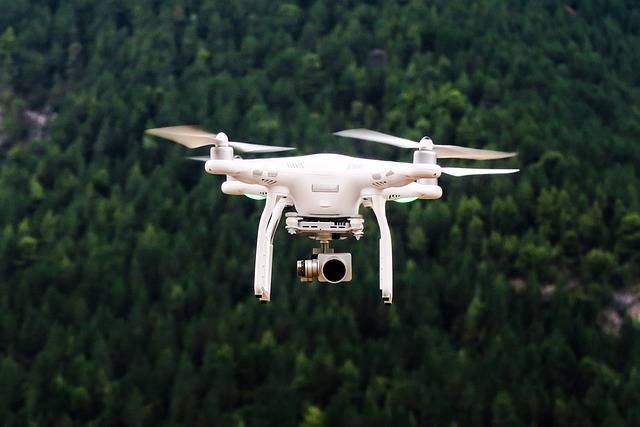Unveiling the Depths: The Rise of Underwater Drones
The advent of underwater drones has revolutionized the way we explore aquatic environments. These technological marvels are transforming everything from scientific research to recreational activities. In this article, we explore how these little robots are making waves in marine exploration.
.jpg)
Technological Evolution: From the Surface to the Depths
Originally designed for military purposes, underwater drones are now diversifying into various fields. Capable of diving deep and tackling oceanic challenges, their applications range from marine biology to underwater archaeology. Over the past decade, the improvement in technology has allowed these drones to go deeper, last longer, and produce high-quality data.
The increasingly affordable and sophisticated designs are democratizing ocean exploration. Whether you are a scientist, a photographer, or just an enthusiast, underwater drones provide otherwise inaccessible oceanic experiences.
Applications of Underwater Drones
- Scientific Research: They provide researchers with crucial data for understanding marine ecosystems without disturbing natural habitats.
- Underwater Photography and Videography: Captures breathtaking underwater sceneries, enabling media professionals to push creative boundaries.
- Marine Archeology: Reveals ancient shipwrecks and submerged civilizations, offering historians unprecedented opportunities to unearth secrets lying beneath the waves.
- Oil and Gas Exploration: Assists in the inspection of rigs and laying of pipes, contributing to safer and more efficient offshore operations.
The Environmental Impact and Opportunities
With the increasing accessibility of underwater drones, there arises a need to address their environmental impact. Manufacturers are incorporating eco-friendly practices and materials into their designs, ensuring that we minimize disturbance to marine life. Moreover, these drones are pivotal in environmental monitoring, such as tracking oil spills, studying coral bleaching, and observing the impact of climate change on marine environments.
The Future of Oceanic Exploration
Underwater drones are opening doors to uncharted territories. As technology progresses, we anticipate even greater advancements like improved AI for autonomous navigation, enhanced battery life, and real-time data analytics. Such advancements will undoubtedly shape the future of oceanic exploration, making it safer, faster, and more comprehensive.
Frequently Asked Questions
- How deep can underwater drones dive?
- Commercially available underwater drones typically dive to depths between 100 to 1000 meters, but specialized models can go much deeper for professional research purposes.
- Are underwater drones easy to control?
- Most drones are designed with user-friendly interfaces that offer easy maneuverability, often accompanied by smartphone or tablet apps for better control.
- What features should I look for in an underwater drone?
- Consider factors like depth capacity, camera quality, battery life, and ease of use when selecting an underwater drone. Additionally, choose models with durable materials to withstand various underwater conditions.
With continuous innovation, underwater drones are more than just toys; they are tools granting us a window into the mesmerizing world beneath the waves.

Whether you’re in it for science, industry, or art, the voyage through the strands of our watery world is becoming more accessible and inspiring than ever.